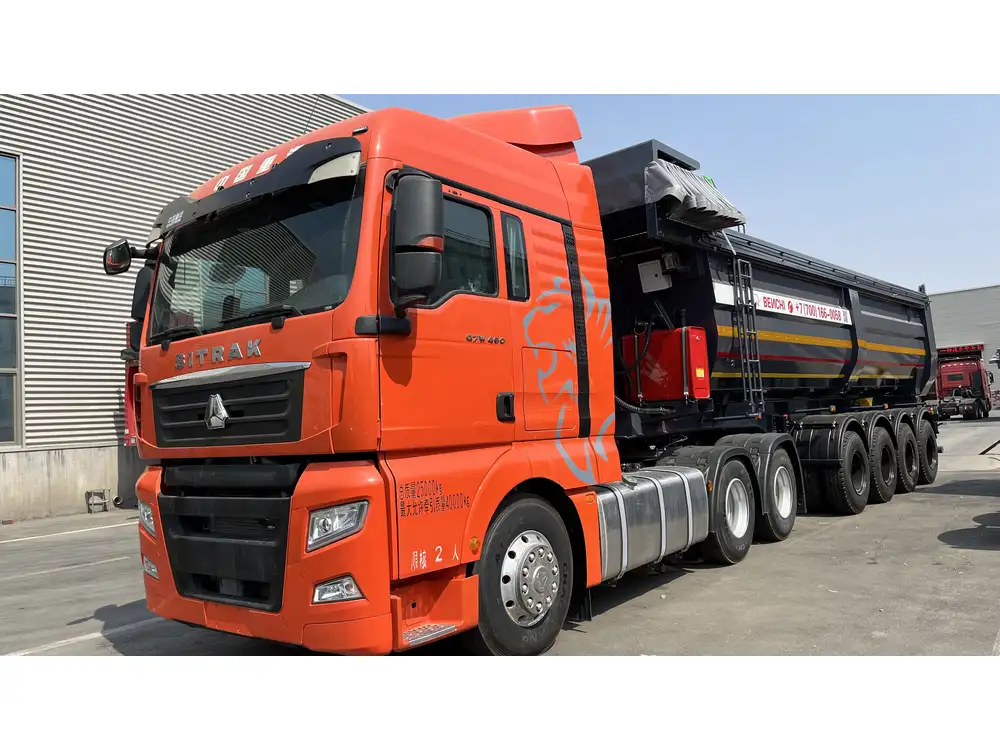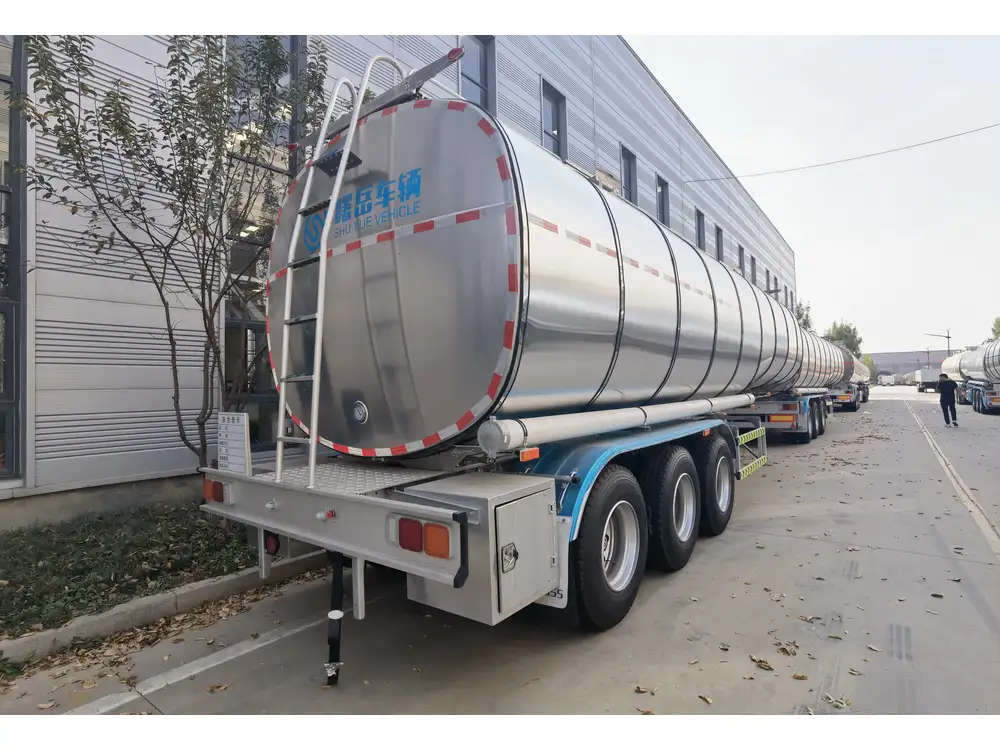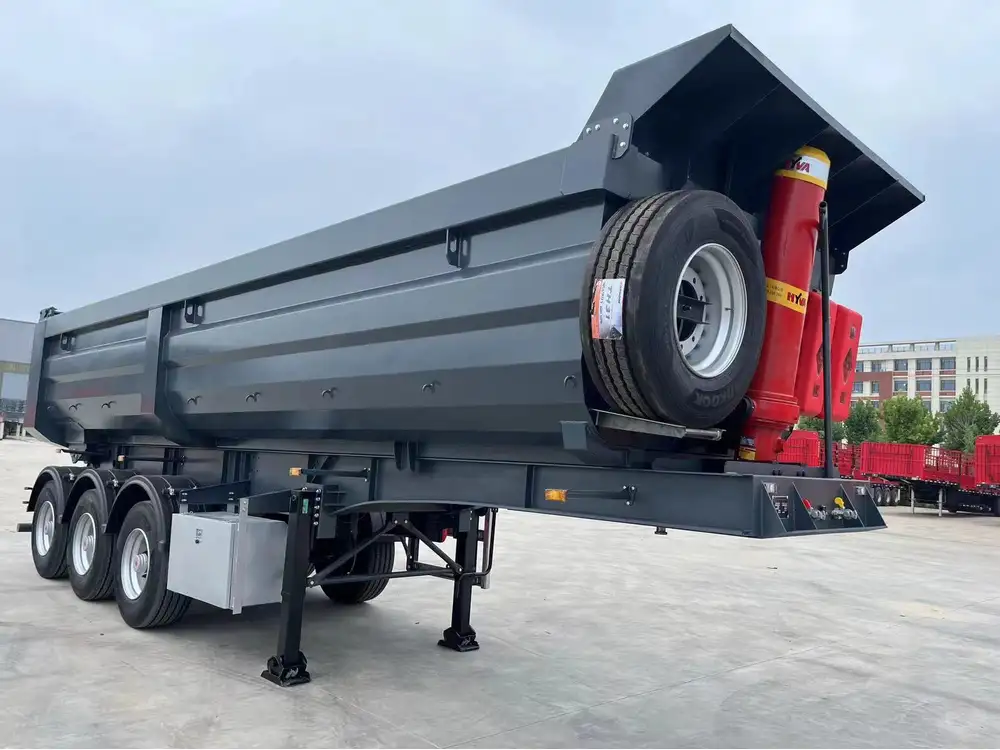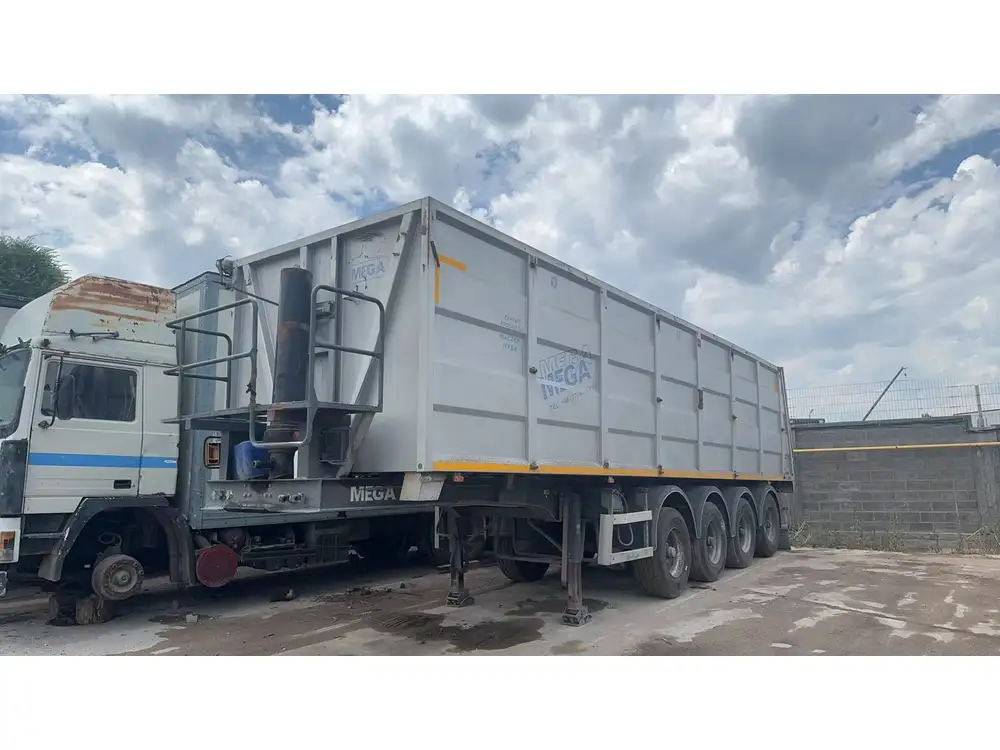If you’re a manufacturer or user of semi-trailers, understanding the intricacies of wiring a dump trailer switch can be a crucial aspect of ensuring safety, reliability, and efficiency in your operations. Dump trailers are indispensable in various industries, allowing for the easy transport of gravel, sand, and other materials. This guide will provide you with the step-by-step process to wire a dump trailer switch effectively.
Understanding Dump Trailer Components
Before diving into the wiring process, it’s essential to familiarize yourself with the basic components involved in the operation of a dump trailer.
| Component | Description |
|---|---|
| Battery | Provides power to the hydraulic system. |
| Hydraulic Pump | Converts electrical energy into mechanical energy to lift loads. |
| Dump Trailer Switch | Controls the flow of electricity to the hydraulic pump. |
| Wiring Harness | Connects the switches, battery, and pump, ensuring proper electrical flow. |
| Hydraulic Cylinder | Lifts the trailer bed using hydraulic fluid under pressure. |
Key Considerations
Safety First: Always disconnect the truck from the trailer before beginning any electrical work. Ensure no flammable materials are nearby.
Choose the Right Components: Make sure you have a compatible switch and wiring gauge that can handle the amp draw of the hydraulic pump.
Understand Your Trailers System: Each dump trailer may have a slightly different wiring configuration based on the manufacturer. Consult the owner’s manual for specific details.

Wiring Diagram for a Dump Trailer Switch
Before we describe the steps, let’s take a look at a basic wiring diagram typically associated with dump trailers.
Simple Wiring Diagram
[Battery] ------- [Switch] ------- [Hydraulic Pump]
|
[Ground]Components Breakdown
- Battery: Supplies power to the entire system. It should be a 12V battery capable of supplying sufficient current to the pump.
- Switch: Controls the operation direction (up or down). There are generally three terminal switch options: Up, Down, and Ground.
- Hydraulic Pump: Activates when the switch is turned on.

Step-by-Step Wiring Instructions
Step 1: Gather Tools and Materials
To wire a dump trailer switch, you’ll need the following tools and materials:
| Tools and Materials | Usage |
|---|---|
| Wire Strippers | To remove insulation from wire ends |
| Crimping Tool | To attach connectors securely |
| Electrical Tape | To insulate bare wires |
| Soldering Iron | For more permanent connections |
| Multi-Meter | To test electrical continuity |
| Heat Shrink Tubing | Provides insulation for soldered connections |
| Appropriate Gauge Wire | Ensures optimal connection |
Step 2: Disconnect Power
Prioritize safety by disconnecting the dump trailer’s battery. This prevents any accidental activation of the system while wiring.

Step 3: Connect the Battery to the Switch
Identify the Battery Terminals: Locate the positive (+) and negative (-) terminals on the battery.
Wiring Configuration: Attach one end of a wire to the positive terminal of the battery and run it to the positive terminal of the lift switch.
Secure Connections: Ensure that connections are tight and protected using electrical tape or heat shrink tubing.
Step 4: Connect the Switch to the Hydraulic Pump
Locate Pump Terminals: Identify the wires connected to the hydraulic pump.
Wire the Switch: Connect one of the terminals from the switch to the positive terminal of the hydraulic pump.
Ground Connections: Connect the ground terminal of the switch directly to the trailer frame to ensure proper grounding.
Step 5: Test the Wiring Connections
Reattach the Battery: Before doing this, visually inspect all connections to ensure they are secure.
Power on the System: Turn on the switch to see if the pump activates. If it does, check both up and down functions.
Use a Multi-Meter: Test for voltage at the switch and pump to confirm that current is flowing correctly through the circuits.

Step 6: Troubleshooting Common Issues
| Issue | Possible Cause | Solution |
|---|---|---|
| Pump Doesn’t Activate | No power to the pump | Check connection from the battery to switch. |
| Constant Operation | Faulty switch contact | Replace the switch with a new one. |
| Pump Runs Slow | Low voltage or weak battery | Test the battery and all wiring connections. |
Step 7: Final Checks
Make sure all components are securely mounted and that there are no exposed wires. It’s critical to ensure that the hydraulic pump operates smoothly with the switch. Conduct regular maintenance checks for any wear and tear on the electrical system.
Maintenance Tips for Optimal Performance
- Regular Inspections: Check the wiring and connections for signs of wear, corrosion, or damage at regular intervals.
- Battery Maintenance: Keep the battery clean, and ensure terminals are free from corrosion.
- System Cleaning: Regularly clean the hydraulic components to prevent any obstructions that can affect performance.
- Emergency Disconnect: Consider installing an emergency disconnect switch for added safety.

Frequently Asked Questions
What Type of Switch is Best for a Dump Trailer?
The most commonly used switch for dump trailers is a simple double-throw switch, which allows for both “up” and “down” functions.
Can I Use a Standard Automotive Switch?
While a standard automotive switch may work, it is crucial to choose one rated for hydraulic systems to endure the increased amp draw.

How Often Should I Check My Wiring?
It is recommended to inspect the wiring and connections at least every three to six months, especially before and after peak operational seasons.
What if My Dump Trailer Doesn’t Raise or Lower Smoothly?
If the trailer doesn’t operate smoothly, check fluid levels in the hydraulic system, inspect for leaks, and ensure that your wiring is not damaged or corroded.
Conclusion
Wiring a dump trailer switch may initially seem daunting, but with the right tools, safety protocols, and understanding of the components, it can be a straightforward process. Regular maintenance and understanding troubleshooting techniques can significantly enhance the effectiveness of your dump trailer. By ensuring all electrical parts function harmoniously, you maintain the reliability and safety of your semi-trailer operations. Follow this guide to empower yourself in the workspace and keep your systems running optimally.



